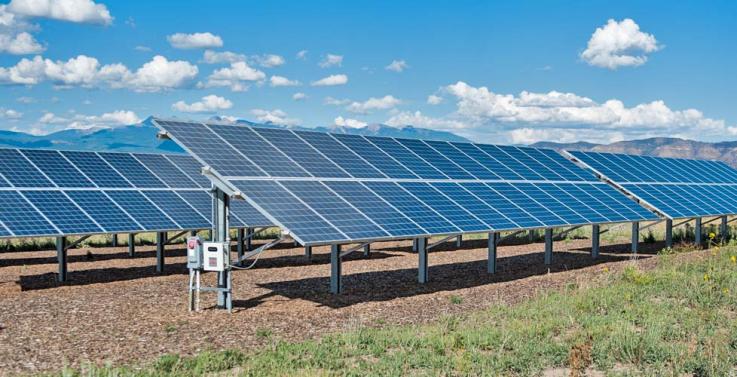
Experts believe China’s radically new energy policy has major implications for economies and communities around the world.
Leading economists and climate scientists including Professor Ross Garnaut, China’s Energy Research Institute Director Dr Jiang Kejun and Climate Change Authority CEO Anthea Harris met at Victoria University on June 26 for the free public conference ‘Abrupt change in China’s energy path: implications for China, Australia and the global climate’.
This follows an article published recently in Nature Climate Change, where Victoria University’s Professor Peter Sheehan and colleagues argue China’s air pollution crisis over the past year - and its potential to destabilise the country – has provided impetus for the government to aggressively reshape its energy system, with profound implications for global climate change.
The Chinese government’s Action Plan for Air Pollution Prevention and Control (2013‐17) aims to improve air quality by 2017 with a focus on the three key regions in the heart of China: the Beijing‐Tianjin‐Hebei region, the Yangtze River Delta and the Pearl River Delta.
The Plan includes mandatory targeted reductions in fine particulate emissions, a ban on new coal power plants and sharp cutbacks in coal consumption and steel production in these regions. For example, steelmaking capacity in Hebei province, which produces about one quarter of China’s steel, will be reduced by 80 million tonnes by 2017. This is equivalent to about 10% of China’s steel production.
Most polluting heavy vehicles are to be removed from three key regions and new fuel standards introduced by 2015 and nationally by 2017. Non‐fossil energy resources will increase to 13% of total energy consumption by 2017, by comparison with 9.4% in 2012 and there will be increased emphasis on natural gas, which is to gradually replace coal by 2017 in power stations, industrial furnaces and thermal heating plants.
Meanwhile, hundreds of air quality observation stations have been installed across the country providing real time publicly available data on air quality with a monthly ‘naming and shaming’ of the worst polluting cities.
“If China’s pursues these and other plans to control air pollution, China’s emissions could peak by about 2020 and then begin to fall. This is a dramatic change relative to its previous path, and would greatly enhance prospects for holding global warming to less than 2°C,” Professor Sheehan said.
“The new direction also demonstrates an alternative path for countries, such as India, that face rising pollution from development based on coal and oil and should influence current negotiations in the United Nations Framework Convention on Climate Change to establish by 2015 a legally binding emissions agreement to apply from 2020.”
Other event speakers include Victoria Institute for Strategic Economic Studies (VISES) Director Professor Bruce Rasmussen and head of the VISES Sustainability and Climate Change cluster Professor Roger Jones. Dr Kejun and other guests will be available for questions.
This event has taken place.
View conference papers by presenters on the VISES 'Conferences and seminars' page.
